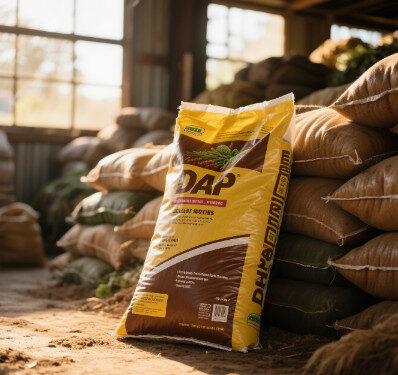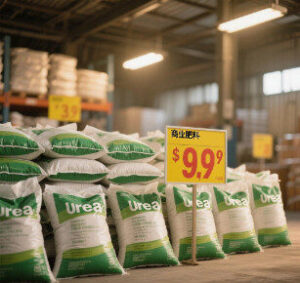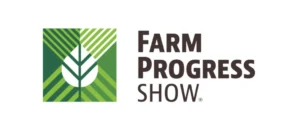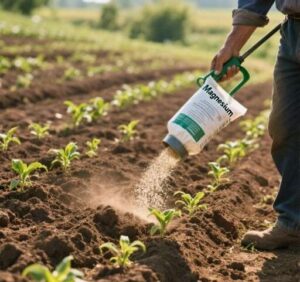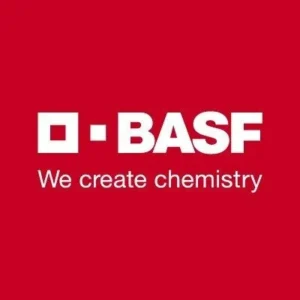The price of phosphate fertilizers in the United States has skyrocketed to near-record levels, with the phosphate-to-corn price ratio recently hitting an unprecedented peak, according to AgWeb. This surge exacerbates the financial pressures on American farmers, who are already struggling with soaring input costs and volatile markets. It exposes deep vulnerabilities in global fertilizer supply chains.
Key Price Data and Historical Context
Last week, diammonium phosphate (DAP) prices at New Orleans terminals hit an astonishing 820 per ton, propelling the DAP-to-corn ratio to a staggering 184—a historic high based on December corn futures at $4.4575 per bushel. Prices have eased slightly, but they remain dangerously close to all-time highs.
“This ratio is virtually neck-and-neck with the catastrophic levels of 2008,” warned Josh Linville, Stone X’s Fertilizer Vice President, recalling a year marked by extreme market chaos.
Why Phosphate’s Surge Dominates the Crisis
Nitrogen and potash are vital, but phosphate prices have spiked most dramatically due to:
- This is irreplaceable for plant health. Phosphorus is essential for early root growth and energy transfer. These are critical stages where cuts risk severe yield losses.
- Limited Flexibility: Unlike nitrogen, which farmers can adjust based on weather, phosphate applications cannot be easily trimmed.
- Global Supply Squeeze: China’s export restrictions (after being the world’s second-largest exporter in 2023) and geopolitical disruptions have choked off supplies, tightening availability.
Potential Relief Hinges on Global Shifts
Linville identified two pivotal factors:
- China’s Export Reopening: Beijing will allow 4.5 million metric tons of phosphate exports this year. The government halted shipments since late 2024 to secure domestic food supplies. This move would undoubtedly alleviate shortages.
- Russia-Ukraine Peace Prospects: Resolving the Ukraine conflict will normalize nitrogen fertilizer trade. Russia, the top global exporter of urea and UAN, will restart shipments, stabilizing broader fertilizer prices.
Farmers’ Bleak Balance Sheet and Calls for Action
US growers must face this brutal equation: Corn prices have plummeted 50% from 2022 highs, while fertilizer costs have surged 40%. This has led to many operating at negative profit margins. The National Corn Growers Association (NCGA) demands government reforms to fertilizer tariffs and trade policies. The organization fears irreversible agricultural damage.
Short-Term Outlook
- Phosphate prices will stay elevated until China clarifies its export stance.
- Farmers are holding off on purchases, confident that prices will drop in the next season.
- Some adopt blended fertilizers or precision agriculture tools to trim costs.
A Critical Crossroads
The phosphate crisis underscores the fragility of global supply chains. While geopolitical winds—China’s decisions or peace in Ukraine—offer hope, American farmers remain trapped between crushing costs and depressed crop revenues. Swift policy interventions and resilience strategies are imperative to prevent long-term agricultural instability.


